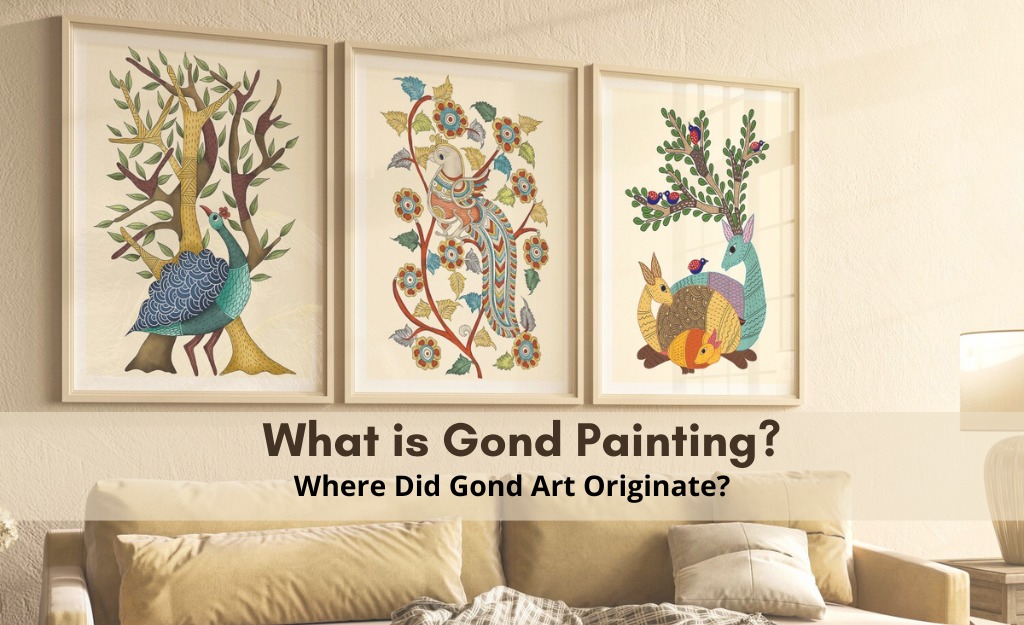Botanical art, a captivating blend of science and artistry, is the meticulous representation of plant life through various artistic mediums. Unlike other art forms that might prioritize emotional expression or abstraction, botanical art paintings strive for accuracy and detail, aiming to capture the beauty and complexity of plants. This genre has a rich history, evolving alongside scientific discoveries and artistic movements, and continues to be highly valued for both its aesthetic and educational contributions.
Historical Context
The roots of botanical wall art can be traced back to ancient civilizations, where early humans documented plant life for medicinal and agricultural purposes. Ancient Egyptian tombs, for instance, feature detailed illustrations of plants, and Greek and Roman texts often included plant descriptions accompanied by rudimentary drawings. However, it was during the Renaissance that botanical art truly began to flourish.
With the Renaissance came a renewed interest in science and nature. Artists and scientists worked closely together to study and document the natural world. The invention of the printing press in the 15th century further propelled botanical illustration, enabling the wide dissemination of herbals—books that described and illustrated plants for medicinal use. Notable figures like Leonardo da Vinci and Albrecht Dürer contributed to botanical studies, blending scientific inquiry with artistic skill.
In the 17th and 18th centuries, framed botanical art paintings reached new heights with the exploration and colonization of new lands. European explorers brought back exotic plants, and botanical gardens and herbaria were established to study and catalog them. Artists such as Maria Sibylla Merian and Pierre-Joseph Redouté produced exquisite works that documented plant species with unprecedented detail and accuracy.
Defining Characteristics
Framed botanical art is defined by several key characteristics that distinguish it from other art forms:
- Accuracy and Precision: The primary goal of botanical art painting is to depict plants as accurately as possible. This often involves detailed studies of a plant’s structure, including leaves, flowers, seeds, and roots. Artists may use magnification tools to capture minute details that are not visible to the naked eye.
- Scientific Relevance: Botanical illustrations are not just artistic creations but also scientific documents. They serve as references for botanists, horticulturists, and medical professionals. Accurate depictions help in the identification and classification of plant species, especially those that are rare or endangered.
- Aesthetic Quality: While accuracy is paramount, botanical art also values beauty and composition. Artists strive to create visually appealing works that highlight the elegance and intricacy of plant life. This balance of scientific accuracy and artistic beauty is what makes botanical art unique.
- Medium and Technique: Traditional botanical art paintings often involves watercolor, known for its ability to capture fine details and delicate color variations. Other mediums such as graphite, colored pencils, and ink are also used. Techniques like stippling and cross-hatching help artists achieve texture and depth.
Major Contributors and Movements
Throughout history, many artists have made significant contributions to the field of botanical art:
- Maria Sibylla Merian: A pioneering figure in the 17th century, Merian combined her artistic talent with scientific curiosity. Her detailed illustrations of insects and plants, particularly from her travels to Suriname, provided valuable insights into the natural world.
- Pierre-Joseph Redouté: Often referred to as the “Raphael of flowers,” Redouté was a prominent botanical artist in the late 18th and early 19th centuries. His work, particularly his illustrations of roses, remains highly regarded for its precision and beauty.
- Margaret Mee: A 20th-century artist and explorer, Mee is known for her extensive work documenting the flora of the Amazon rainforest. Her illustrations and paintings raise awareness about the importance of preserving biodiversity.
- Contemporary Artists: Today, botanical art continues to thrive with artists like Sarah Simblet and Shirley Sherwood, who push the boundaries of the genre while maintaining its core principles of accuracy and beauty.
Modern Applications and Relevance
In contemporary times, framed botanical wall art continues to be relevant and valued for several reasons:
- Scientific Documentation: Botanical art painting remains an essential tool for scientists, aiding in the study and classification of plant species. It is particularly important in the documentation of new species and the conservation of endangered plants.
- Educational Purposes: Botanical illustrations are widely used in educational materials, helping students and the general public learn about plant biology and ecology. They are featured in textbooks, field guides, and botanical journals.
- Aesthetic Appreciation: Beyond its scientific value, botanical art is appreciated for its beauty. Botanical artworks are displayed in galleries, museums, and private collections, where they are admired for their artistic merit.
- Environmental Awareness: Botanical art painting plays a crucial role in raising awareness about environmental issues. By highlighting the diversity and beauty of plant life, botanical artists can inspire a greater appreciation for nature and the need for conservation efforts.
- Therapeutic and Recreational Value: Engaging in botanical art can have therapeutic benefits, promoting mindfulness and relaxation. It is also a popular hobby, allowing individuals to connect with nature and express their creativity.
Conclusion
Botanical art is a unique and enduring genre that bridges the gap between science and art. Its history, characterized by a commitment to accuracy and beauty, has contributed significantly to our understanding and appreciation of the plant kingdom. From ancient herbalists to contemporary artists, the tradition of botanical illustration continues to evolve, reflecting changes in both scientific knowledge and artistic practices. As we face global challenges such as biodiversity loss and climate change, the role of botanical art in promoting environmental awareness and education becomes even more vital. Through its meticulous and beautiful representations of plant life, botanical art not only preserves the legacy of the natural world but also inspires us to protect it for future generations.
Discover the exquisite SAAJ Botanical Art Collection, where nature’s beauty is captured with stunning precision and artistry. Each framed painting by SAAJ blends scientific accuracy with aesthetic elegance, offering a timeless piece of art that enhances any space. Perfect for nature lovers and art enthusiasts alike, these botanical artworks bring the intricate details and vibrant colors of the plant world into your home or office.







